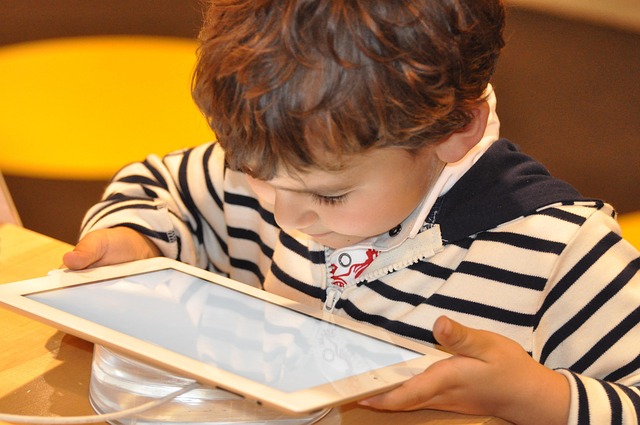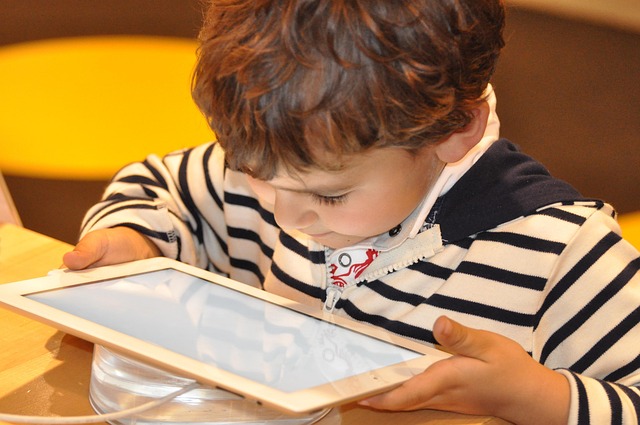# The Future of AI Technology: Trends and Innovations Shaping Our Lives and Industries
Artificial Intelligence (AI) has emerged as a transformative force across various sectors, fundamentally altering how we live and work. As we look ahead, several trends and innovations are poised to shape the future of AI technology. This article explores these trends, the implications for industries, and the potential impacts on our daily lives.
## The Rise of Generative AI
Generative AI has taken center stage in the technological landscape, revolutionizing creative processes and content generation. Unlike traditional AI, which primarily focuses on data analysis and prediction, generative AI can create new content, from text and images to music and video. This capability stems from advanced models like OpenAI’s GPT and DALL-E, which utilize deep learning techniques to understand and replicate human creativity.
Businesses are increasingly leveraging generative AI to streamline operations and enhance creativity. For instance, marketing teams can utilize AI-generated content for campaigns, while designers can explore innovative concepts without starting from scratch. The ability to generate high-quality content rapidly can significantly reduce time-to-market for products and services, giving companies a competitive edge. As generative AI continues to evolve, its applications will likely expand, influencing industries such as entertainment, education, and advertising.
Furthermore, ethical considerations surrounding generative AI are gaining attention. The potential for misuse—such as creating deepfakes or spreading misinformation—has prompted calls for regulatory frameworks. As we navigate this new landscape, striking a balance between innovation and ethical responsibility will be crucial for the sustainable development of AI technologies.
## AI in Healthcare: Transforming Patient Care
A significant trend shaping the future of AI technology is its application in healthcare. The integration of AI into medical practices is revolutionizing patient care, diagnostics, and treatment methodologies. Machine learning algorithms can analyze vast amounts of medical data, enabling healthcare professionals to make more informed decisions and improve patient outcomes.
One of the most promising applications is in predictive analytics. AI can identify patterns in patient data, predicting potential health issues before they become critical. For example, algorithms can analyze electronic health records to forecast diseases like diabetes or heart conditions, allowing for early intervention. This proactive approach not only enhances patient care but also reduces healthcare costs by minimizing the need for extensive treatments.
Moreover, AI-driven tools are enhancing the accuracy of diagnostics. Radiology, pathology, and genomics are just a few areas where AI is making significant strides. By analyzing medical images or genetic data, AI can assist doctors in diagnosing conditions more accurately and swiftly. As a result, the accuracy of diagnoses is expected to improve, leading to better treatment plans tailored to individual patients.
In addition to diagnostics, AI is also playing a crucial role in drug discovery. Traditional methods can be time-consuming and costly, but AI accelerates this process by predicting how different compounds will behave. This innovation not only speeds up the development of new medications but also reduces the likelihood of failures during clinical trials.
## The Impact of AI on the Workforce
As AI technology continues to advance, its impact on the workforce is becoming increasingly evident. While concerns about job displacement are prevalent, the reality is more nuanced. AI is not merely replacing jobs; it is transforming them and creating new opportunities in various sectors.
Many industries are experiencing a shift in job roles due to AI automation. Routine and repetitive tasks are being handled by AI systems, allowing human workers to focus on more complex and creative aspects of their jobs. For example, in manufacturing, robots equipped with AI can perform assembly line tasks, while human workers can concentrate on quality control and innovation. This shift not only enhances productivity but also fosters a more engaging work environment.
Upskilling and reskilling are becoming essential as the demand for AI-related skills surges. Educational institutions and businesses are responding by offering training programs to equip workers with the skills needed to thrive in an AI-driven economy. From data analysis to machine learning, these programs are designed to prepare the workforce for the jobs of the future.
Moreover, the rise of AI is giving birth to entirely new job categories. Roles such as AI ethicists, data scientists, and machine learning engineers are in high demand, reflecting the need for expertise in navigating the complexities of AI technology. As industries adapt, the workforce will need to evolve alongside these changes, embracing lifelong learning as a core principle.
## Conclusion: Embracing the AI Revolution
The future of AI technology promises to be dynamic and multifaceted, with trends such as generative AI, advancements in healthcare, and the transformation of the workforce shaping our lives in profound ways. As we embrace this AI revolution, it is essential to remain vigilant about the ethical implications and potential challenges that accompany these innovations.
Stakeholders across sectors must work collaboratively to create frameworks that promote responsible AI development. By prioritizing ethical considerations and fostering an inclusive dialogue about the future of work, we can harness the full potential of AI technology while mitigating risks.
In summary, the ongoing evolution of AI technology is set to redefine industries and enhance our daily lives. By staying informed about these trends and innovations, we can better prepare for a future where AI plays an integral role in shaping our world. The journey ahead may be uncertain, but one thing is clear: the impact of AI will be felt for generations to come.











